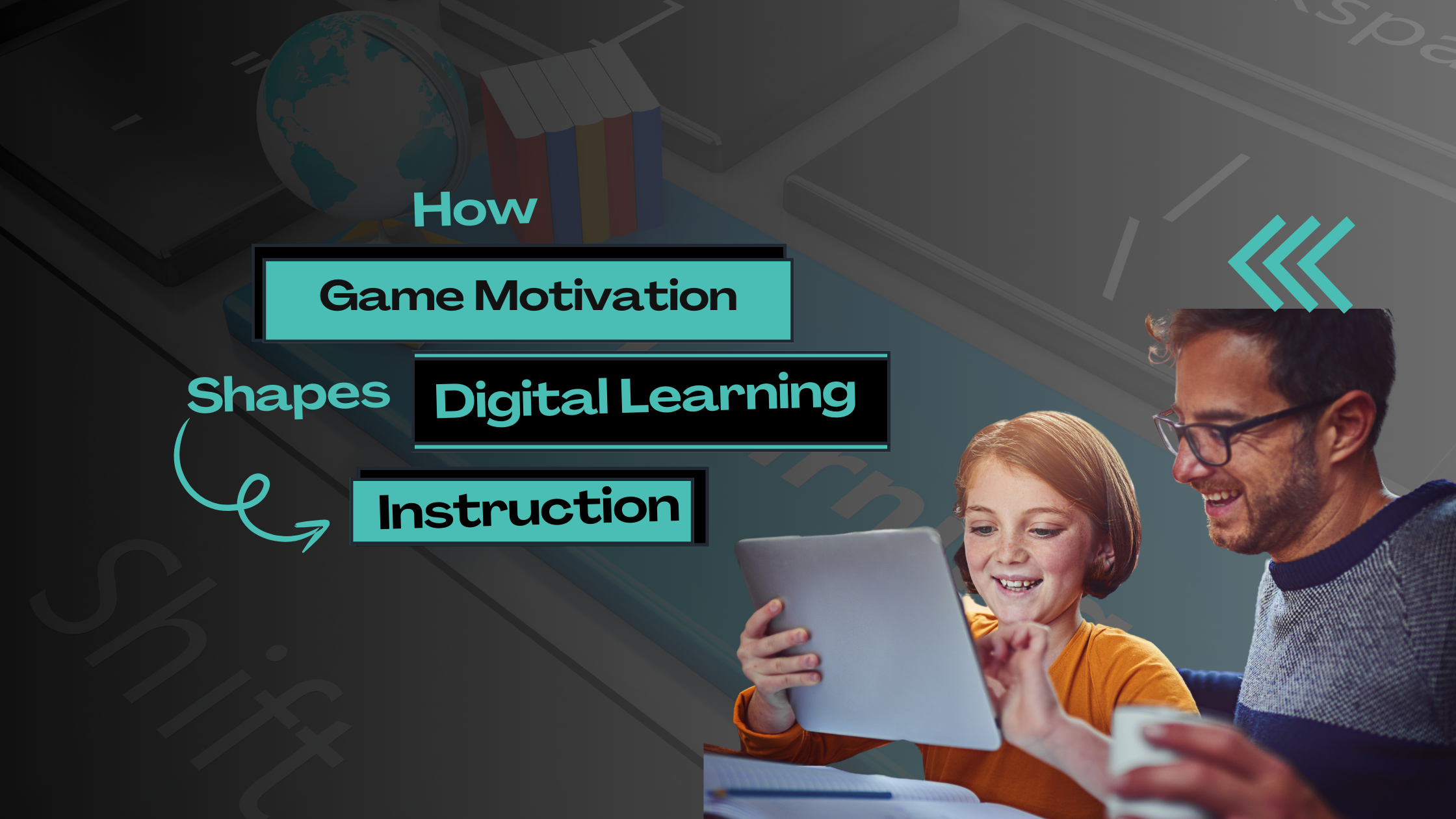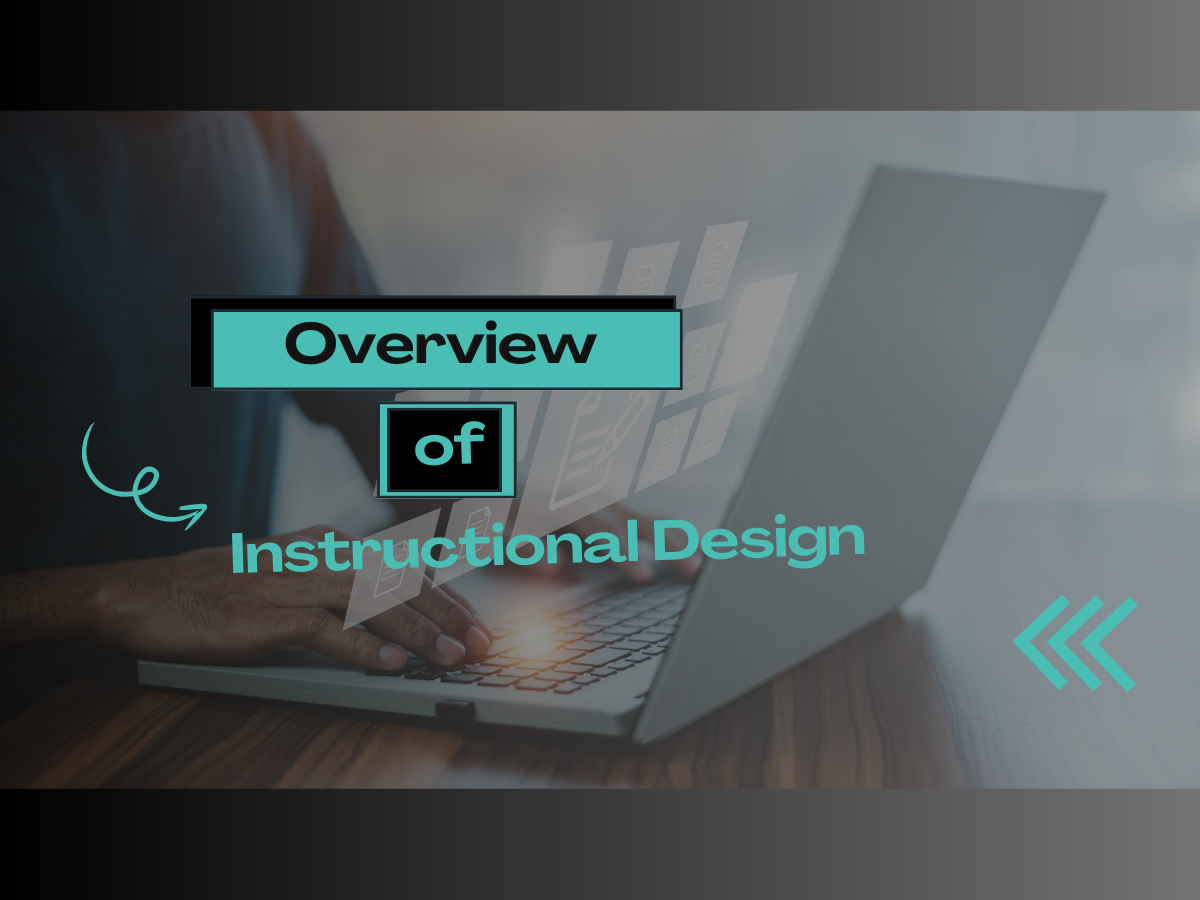When I was assigned to teach computer basics to grade 7 students, I remember a particular lesson where my students were unusually animated. We were discussing what makes online games so addictive, and I could see their eyes light up as they eagerly shared their favorite games and what kept them hooked. This conversation made me realize that there’s more to these games than just entertainment; there’s a whole psychology behind what draws people in. This sparked my curiosity about game motivation and how the same principles that make games compelling could be used in education.
Game Motivation
Students, as digital natives, often talk endlessly about online games, which could be one of their favorite pastimes. They share their experiences with the challenges, the thrill of winning, and even the characters they feel connected to. This enthusiasm made me think about what drives people to keep playing these games. Is it the competition? The storyline? The satisfaction of completing quests and earning rewards? Or maybe it’s the escape these games provide from the real world.
The same elements that keep players hooked on games can be used to make learning more engaging. Just as players are motivated by a game’s challenges and rewards, learners can be motivated when their educational experiences are designed with these factors in mind. Understanding what drives people to keep playing a game can help create instructional materials that will keep them engaged.
A game’s User Interface (UI) plays a big role, too. It’s what the player sees and interacts with, and if it’s well-designed, simple, visually appealing, and easy to use, it can make a huge difference in keeping the player interested. The same goes for educational tools. When designing these tools, we need to consider how the interface looks and feels to the learner. A well-crafted interface with the right colors, feedback, and overall design can make learning feel less like a chore and more like an adventure.
Digital Learning
My experience with digital learning tools confirmed this parallel. Interactive features like instant feedback mimic the gratification loop in games. Students get a sense of progress in real-time, and that keeps them moving. Adaptive difficulty works the same way. Learners can revisit earlier material or challenge themselves with advanced tasks, much like leveling systems in games.
Digital learning offers many benefits that traditional methods often can’t match. It’s accessible from anywhere, which means learners can study whenever it’s convenient for them—especially when the pandemic hits. Multimedia elements like simulations and quizzes offered flexibility, while analytics tools gave insight into student behavior and engagement. The platforms weren’t perfect, but they gave structure in the middle of uncertainty, offering something more stable than antediluvian classroom routines.
Technology in Learning and Instruction
Technology became a conduit, connecting game psychology with the classroom. Tools like Mentimeter merged instructional value with game-like elements: live polls, leaderboards, and time-based quizzes. These features created a space where participation felt more like playing than doing schoolwork.
The impact of technology on my teaching and my students’ learning has been significant. Using interactive platforms in my lessons not only increased student engagement but also improved learning outcomes. It’s amazing how a lesson that once felt staid turned dynamic, with students eager to participate and show off what they’ve learned. These platforms made the content more accessible and allowed students to engage based on their proclivity for visual, auditory, or interactive input.
Connecting the Dots
Game motivation, digital learning, and technology in instruction create a powerful formula for effective education. What makes games engaging—like challenges, rewards, and social interaction—can directly inform how we design digital learning experiences.
I aim to design learning experiences that enthuse learners rather than drain them. I want every lesson to feel less like a hurdle and more like an invitation. With technology as my toolkit and game motivation as my blueprint, I’ll build educational spaces where learners are fully engaged. If instruction can mirror the motivation of games, it no longer needs to compete with them. It becomes part of the same irresistible experience.
References:
Bay Atlantic University. (2022, June 14). How does technology impact student learning? Bay
Atlantic University – Washington, D.C. https://bau.edu/blog/technology-impact-on
learning/#:~:text=Increased%20collaboration,
Collaboration%20can%20be&text=Teachers%20can%20communicate%20with%20stude
nts,one%20another%20in%20collaborative%20activities.
Shaffer, D.Halverson, R., Squire, K. and Gee, J. P. (2017) Video Games and the Future of
Learning. In R. E. West. (Ed.), Foundations of Learning and Instructional Design
Technology. Pressbooks. https://pressbooks.pub/lidtfoundations/chapter/video-games
and-the-future-of-learning/




